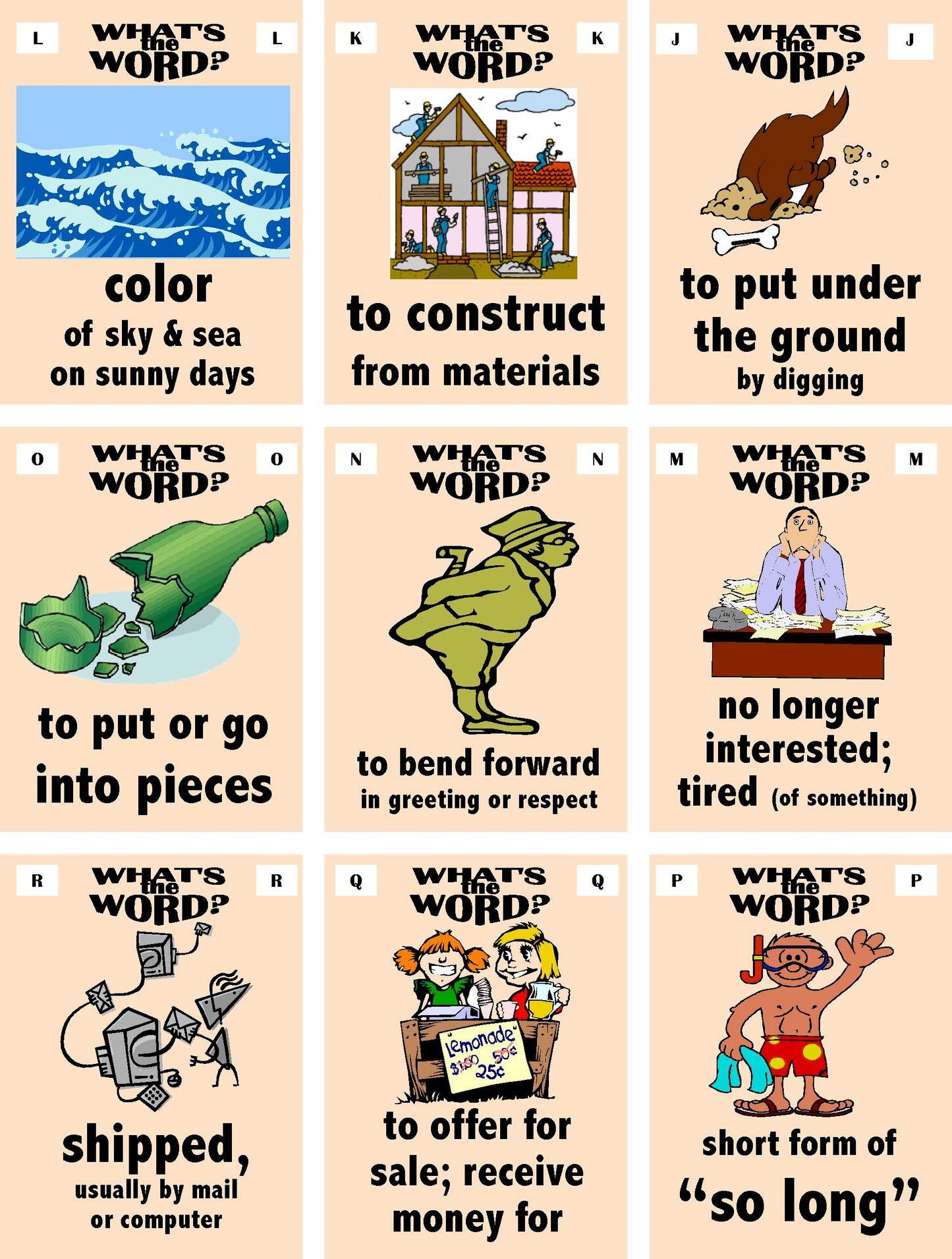1
/
of
4
Work Life English
C-05.06 Get & Use Five 18-Pair Intermediate Homophones Card Decks
C-05.06 Get & Use Five 18-Pair Intermediate Homophones Card Decks
Regular price
$8.00 USD
Regular price
Sale price
$8.00 USD
Unit price
/
per
5 Decks: 6-11, 36 Two-Sided cards of 18 Homophone Pairs per Deck, 180 cards (Words + Illustrated Definitions)
40 Pages
Who They’re For: Language Students & Readers Developing Homophonic Vocabulary. Card-Players
Why You Need Them: After grasping the concept of homophones based on the most common pairings, language students will want to learn more items and have fun doing so. The 180 items in Decks 6-11 introduce less frequent + exceptional spellings, vowel sounds before –r, silent consonants, and added word endings.
What You’ll Do:
[1] From the Intermediate Homophones Card Decks file, download all 40 pages to print out back-to-back, flipped horizontally. Cut apart the 180 two-sided cards so that they’re all the same size and shape. Note that they can be divided into 5 separate sets of 36 cards (18 matching pairs) each, arranged alphabetically.
[2] If helpful, use them as “Flash Cards” to preview the language content of the cards (the homophone pairs and their illustrated definitions). Include pronunciation/spelling instruction when relevant.
[3] Try some of the cooperative or competitive learning activities suggested in the Using Homophones: Intermediate Activity & Idea Book. Devise even more engaging procedures.
[4] Alternatively, print out the 40 pages of 9 images each one-sided. Use these 180 cards for learning activities/games that involve matching: two homophones with each other, each word with its illustrated definition, and/or all four cards functioning as a “quartet.”
[5] Review, reinforce, and go beyond the content of the material.
Couldn't load pickup availability








